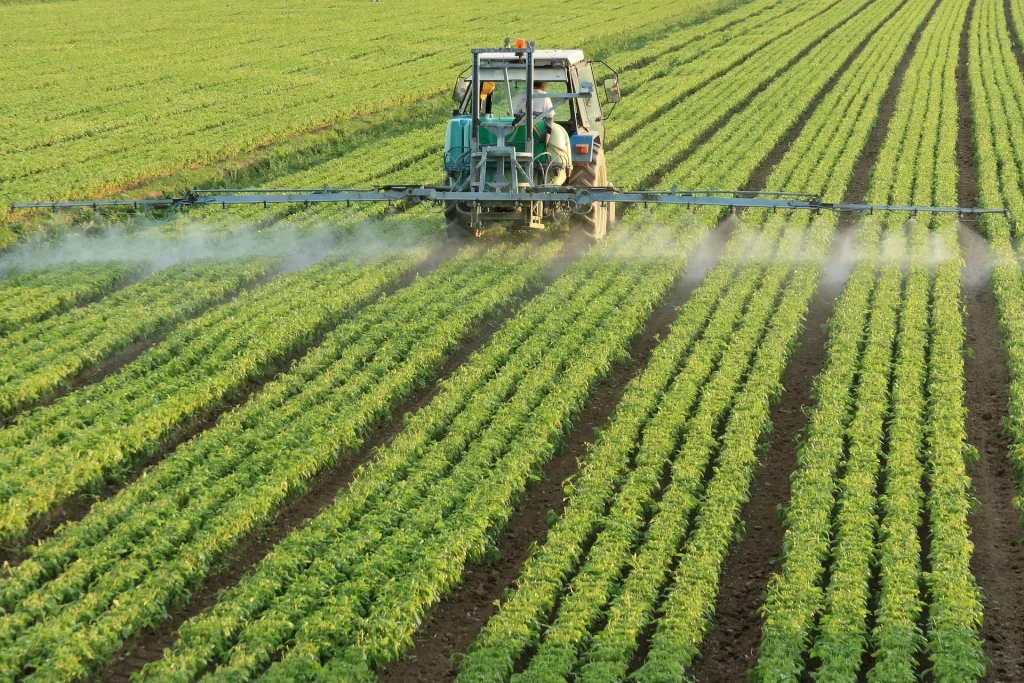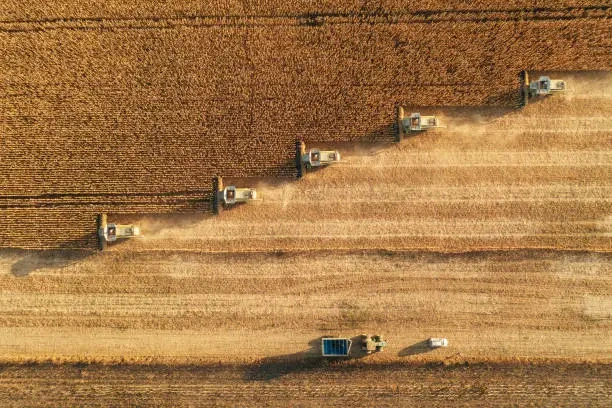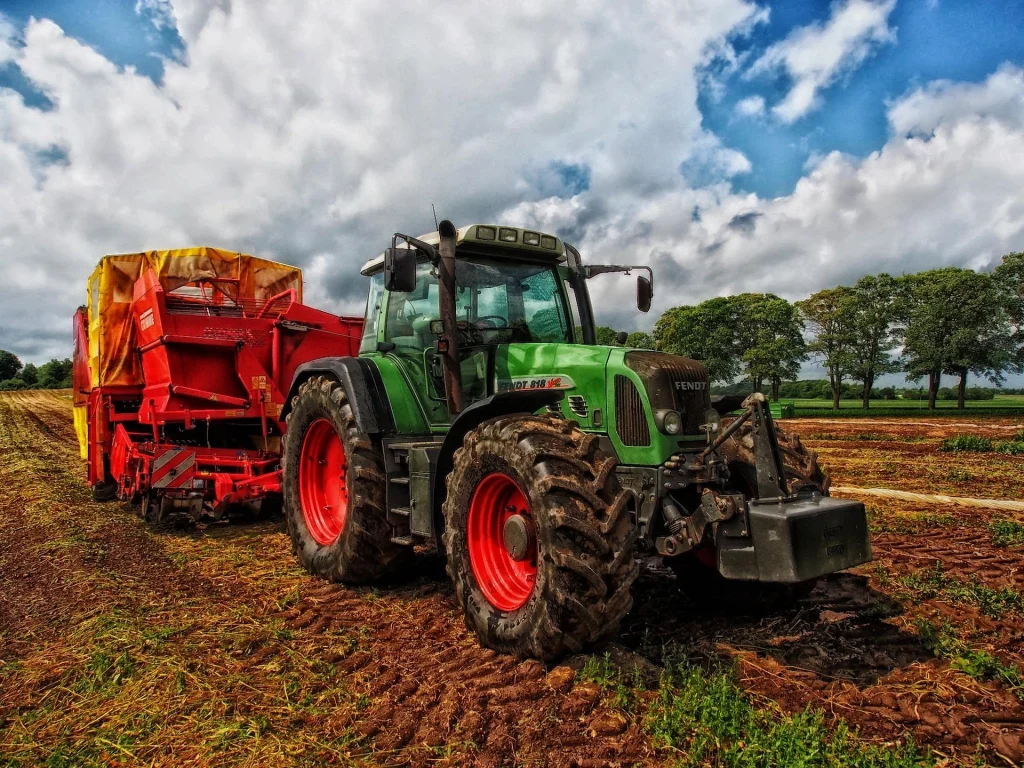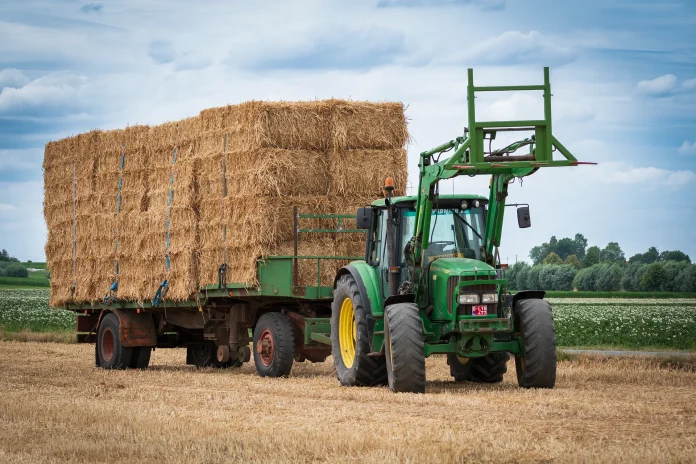2024 was a challenging year for farmers across the United States. Over the past year, the U.S. farm economy has begun to show signs of decline. According to a survey of farm economics, net farm income in the United States has plummeted, farmers are under increasing financial pressure, and more and more people are trying to cut costs and adjust operations to meet sudden threats. In this article, let’s first review the current state of U.S. agriculture in 2024.

Great Plains farmers faced economic hardship
Farmers in the Great Plains, especially in Kansas, have been struggling because of a combination of prolonged drought, rising seed and pesticide prices, and rising interest rates. Faced with problems over the past year, farmers’ incomes have fallen sharply. According to the U.S. Department of Agriculture, farm income is expected to fall 25 percent from the previous year, putting many farmers in a difficult financial situation.
Midwest corn and soybean farmers face tough markets
In the Midwest, though, corn and soybean growers experienced record harvests in 2024. But that achievement has been eclipsed by an almost 50 per cent fall in crop prices, along with higher production costs. Despite their best efforts to avoid losses, many farmers have suffered financial stress as their harvest income has not offset the rising cost of farming operations.

Innovating and Cutting Costs in 2025
With the coming of 2025, in the face of today’s agricultural sustained pressure, American farmers are planning to take innovation strategy, and take measures to cut costs

Reduce equipment costs
For many farmers, equipment is one of the most important expenses. Choosing to lease rather than buy can help reduce upfront costs. Leasing offers the opportunity to use the latest machinery without the burden of maintenance and depreciation costs. On the other hand, many people choose to try updating accessories to save costs. Choosing multifunctional components to complete part of the work can save the purchase and maintenance costs of a complete equipment. Of course, for those with sufficient funds, buying may be a better long-term investment.
Pay attention to the maintenance of equipment to prolong the service life
Regular maintenance can extend the service life of expensive machines. Farmers who adhere to rigorous maintenance programs often avoid costly breakdowns and improve operational efficiency. Simple tasks, such as changing the oil, sharpening the blade, and checking the tires, can greatly reduce unnecessary expenses.
Transition to solar energy
Switching to renewable energy sources, such as solar, has become easier and easier. With the falling cost of solar panels and government incentives, farmers can significantly reduce their electricity bills while contributing to sustainable development.

